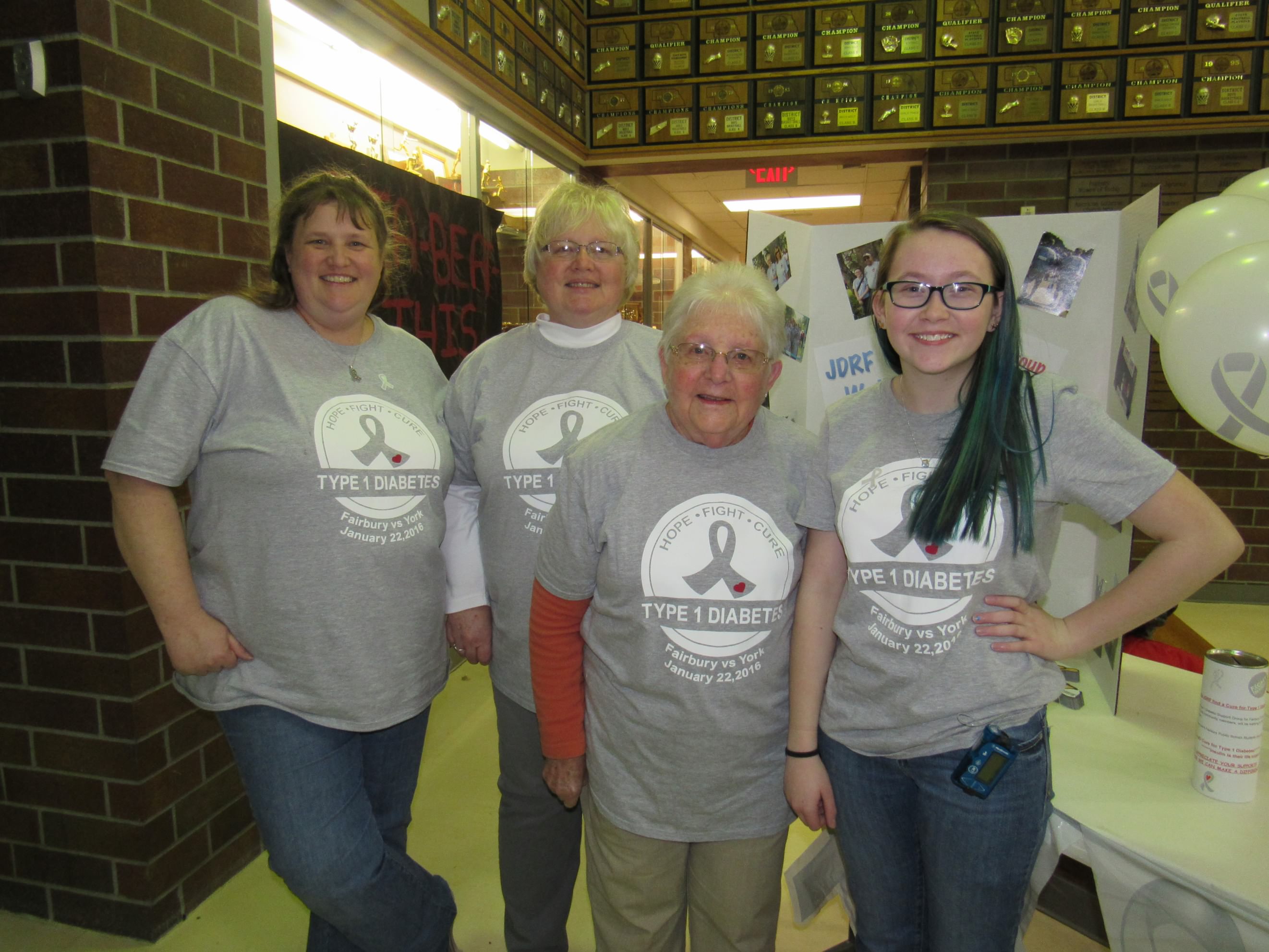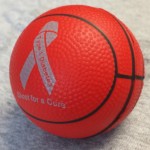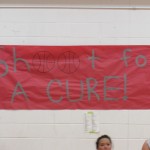With the cold dreary “gray” weather outside, one might not think of “gray” as a positive color. But inside the Fairbury High School gymnasium Gray was the color of the night.
Gray is the color of diabetes awareness and in an effort to raise awareness of Type 1 diabetes (T1D) the IN Group (a T1D support group) and Fairbury Public Schools hosted a Gray Out during the Fairbury vs York basketball games on Friday, January 22nd. T-shirts were sold prior to the game and business and family sponsorships were collected. With the close to 200 t-shirts sold and the sponsorships the IN Group raised more than $2000. This money will be used for camp scholarships for students attending diabetes camp and money will be sent to JDRF (Juvenile Diabetes Research Foundation) to help find a cure for T1D.
The IN Group was organized when a need was seen for a parent and student support group for the six T1D students at FPS. The group has supported each other, a newly diagnosed student and their family, a new student to town, and adult’s in the community have come to encourage and share their own T1D life stories. The mission of the IN Group is to raise awareness through education of this silent, chronic disease.
Type 1 diabetes, which was formerly known as insulin-dependent diabetes, affects the body’s immune system destroying the cells that release insulin, eventually eliminating insulin production completely. Without insulin, cells cannot absorb sugar (glucose), which is needed to produce energy. So, if insulin is not on board to absorb the sugar you are not able to functions normally.
The symptoms of T1D usually start in childhood or young adulthood. People often seek medical attention because they are seriously ill from sudden symptoms of high blood sugar. T1D cannot be prevented nor is it anything that a person does to acquire it.
Diabetes greatly increases a person’s risk for a range of serious complications. Monitoring and managing is the key to prevention of these complications. It remains the leading cause of blindness and kidney failure. It continues to be a critical risk factor for heart disease and stroke.
**Statistics
Children’s hospital told one family 1 in 500 children get T1D
In FPS 1 in 147 students have T1D
200 is the number of times a diabetic thinks about being a diabetic every day
4,050 is the average number of finger sticks in the 1st year after diagnosis
40,500 finger pokes over 10 years















